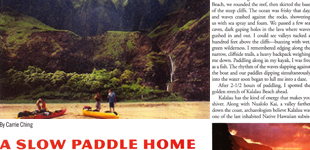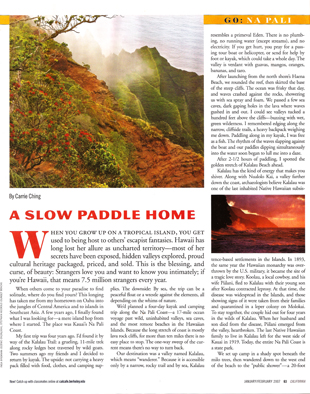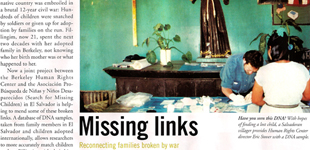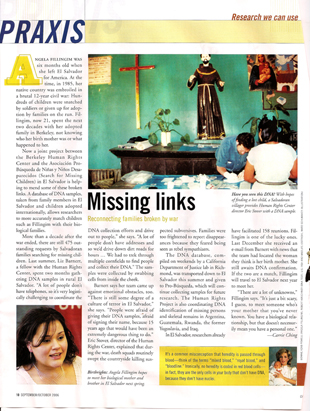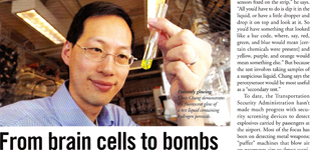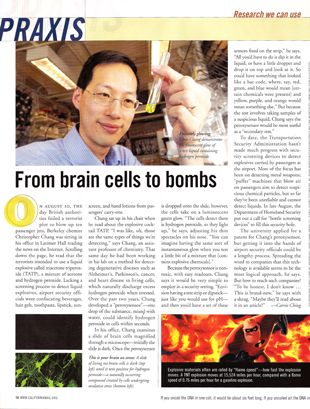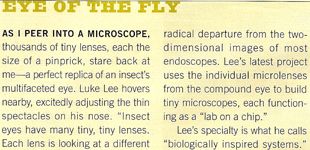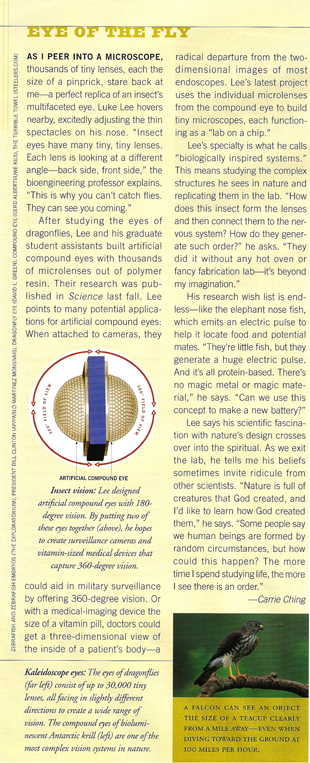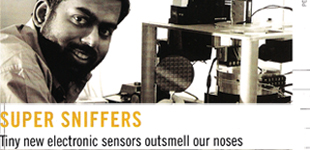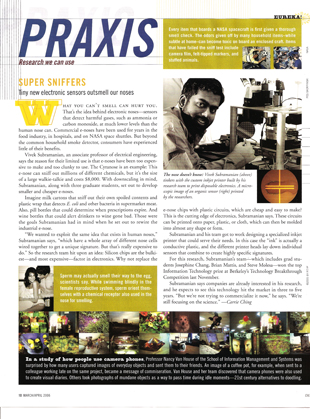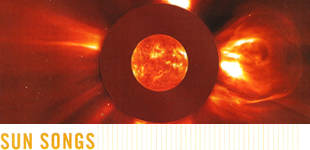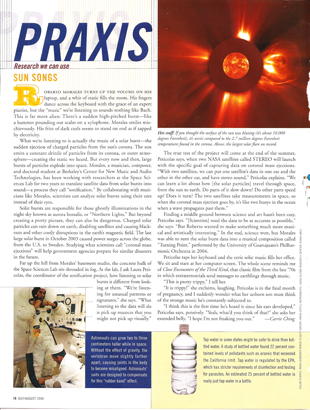A Slow Paddle Home
When others come to your paradise to find solitude, where do you find yours? This longing has taken me from my hometown on Oahu into the jungles of Central America and to islands in Southeast Asia. A few years ago, I finally found what I was looking for—a mere island hop from where I started. The place was Kauai’s Na Pali Coast. I wrote this travel feature about a kayak trip down the Na Pali Coast for the January/February 2007 issue of California magazine.
